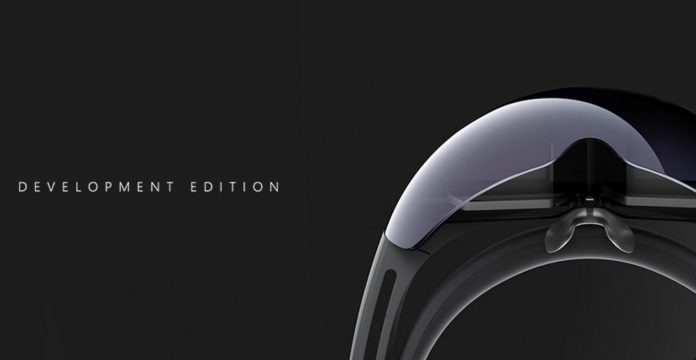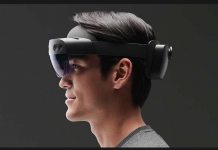This is a sizeable expansion as it nearly triples the amount of markets HoloLens is available in. Customers in 39 separate countries can now get a headset. When discussing HoloLens as a consumer product that is available to customers, it is worth noting that it isn’t. Microsoft has never launched a consumer version of the device. HoloLens units are still the Development Edition or the Commercial Suite. Microsoft delayed the release of the consumer version until 2019. However, despite still being a development product, just about anyone can pick up a device if they want. Of course, it’s bank balance troubling experience to do that. The Development Edition costs $3,000 and the added enterprise features of the Commercial Suite will set you back a cool $5,000. If you are willing to part with that kind of money, you can now do so in the following countries: Austria, Belgium, Bulgaria, Croatia, Cyprus, Czech Republic, Denmark, Estonia, Finland, Greece, Hungary, Iceland, Italy, Latvia, Liechtenstein, Lithuania, Luxembourg, Malta, Netherlands, Norway, Poland, Portugal, Romania, Slovakia, Slovenia, Spain, Sweden, Switzerland and Turkey. This expansion comes a year after Microsoft debuted HoloLens outside the U.S.. At that time it launched in Australia, France, Germany, Ireland, New Zealand and the United Kingdom. In between, the device has made its way Japan. While HoloLens has maybe taken a back seat to Windows Mixed Reality over the last year, Microsoft is still banking on the technology. “This is where we believe computing is going,” said Lorraine Bardeen, general manager of Microsoft HoloLens and Windows experiences, who spoke at the Future Decoded event in London. “We can bring all your apps and programs right into your world, but you can still see all the things in your world that matter to you.”
The VR, AR, MR Debate
It is important to understand the distinctions between virtual (VR), mixed (MR) and augmented reality (AR). Virtual reality is an immersive experience that simulates an environment in a computer-generated reality. Users experiencing in a virtual world can interact with that environment but are not connected to the real physical environment. Augmented and mixed realities are more blurred. So much so, many analysts believe one term will overtake the other in the future. There are important distinctions between the two. Augmented reality overlays virtual content onto the real-world environment, although the content is not part of the real environment and cannot interact with it.
With HoloLens, a Microsoft service like Office 365 is overlaid in a more intuitive augmented experience. As for mixed reality, it produces computer-generated in the real world like AR. However, allows the content to be anchored in the physical environment. As mentioned, the lines between AR and MR are certainly blurred and HoloLens is as much MR as it is AR. “At Microsoft we are on a mission to empower every person and organization on the planet to achieve more,” said Bardeen. “Mixed reality has the potential to help customers and businesses across the globe do things that, until now, have never been possible. Mixed reality experiences will help businesses and their employees complete crucial tasks faster, safer, more efficiently, and create new ways to connect to customers and partners.”





